Early April in the garden is hosta time and by that I don’t mean that they are in their full classic pomp with huge leaves …. no far more important than that as it is the time they first start to show above the ground when the new leaves peep out and there is an entire army of hungry slugs all lined up for their favourite meal of young hosta leaves !
At this time I patrol the garden each morning to see if the new shoots are coming up and then douse them with a slug killer like slugtox …… this statement is usually met with howls of indignation from the organic tree hugger types who assure me that their natural methods work … be they copper filings , egg shells etc. layered around the hosta …natural methods DON’T work ….then the howl is that birds eat the dead slugs and I have never seen a bird or heard / read of a bird that eats dead snails and most professional gardeners I have spoken to about protecting hostas admit that they too use the slugtox method .
However if organic is your thing then go ahead use the natural rhythm of the moon or some other useless pellet but you will NEVER experience the joy of a big leaved hosta such as the sieboldiana elegans variety ….. any rhythm method rarely works , just ask the legion of irish catholic woman who went with that particular Vatican ceili band method !
As you can see this hosta elegans in a pot in the front garden is already huge in mid May and will go on to be much bigger at it’s peak in July so I will need to dig it out and split it up in the Autumn as otherwise it’s roots will break the pot ….. that is the problem with growing hostas in containers as after three years they outgrow whatever you grow them in but of course it is good for the plant itself to be divided up and I will get at least four good divisions from this one specimen ….. this is my favourite hosta in the garden and as it is close to the house I can give it special attention , watering daily in the summer and regular foliar feeds with liquid tomato fertiliser every three days … worth it though as it delivers a real wow factor as you have to walk past it to the garden .
For the past couple of years we have had a few water hens take up residence in the water garden in the lower field where there is a lot of natural plant cover such as iris , rushes and astilbe along the stream , elusive and shy birds who normally run for cover if you happen on them but our residents seem to have got used to my presence and now just cluck cluck loudly when I appear in their area and swim slowly away without any panic ….. lately there have been a pair of water hens swimming together on a regular basis and today I saw five little chicks in convoy behind them which I hope will go on to found a small dynasty !
Nature is an amazing thing and even though the water hen chicks are only two weeks old they still have it in their DNA to hide immediately if the parents are spooked by my sudden arrival but wait five minutes and they come out from under cover to rejoin mama and papa when they get the all clear quack quack ! I counted three nests today well hidden on beds of old reeds carefully woven among this seasons new growth and resting on the water safe from predators ….. well camouflaged out in the middle of the water and just by chance I spotted that one of the nests has newly laid eggs .
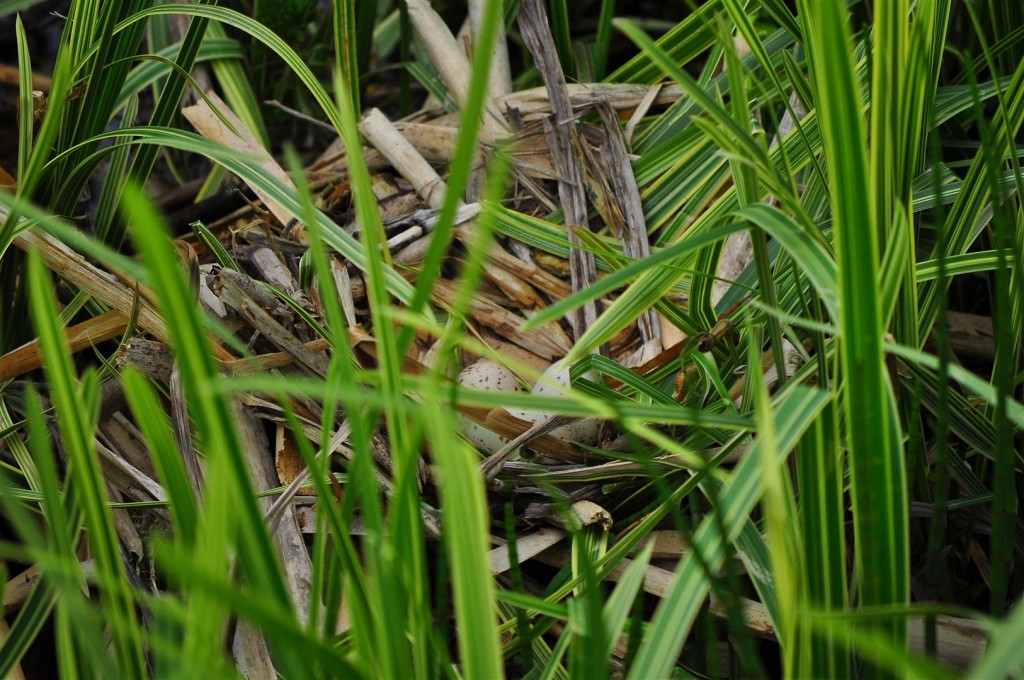
Water hen’s new laid eggs in a nest woven out of last year’s reeds in the water garden May 17th 2015
I really like it when the garden you have built starts to attract its own wild life and as the saying goes “ build it and they will come ” which I think was first said about a baseball stadium but you get my meaning and it really made my day to happen upon our newest family ….. build it and they will come also unfortunately involves deer and they are now almost epidemic with nightly visits of up to fifteen at a time !
In 1985 I first read the gardening book that has had the most influence on me , Better Gardening by Robin Lane Fox and it is a book I return to again and again . All it’s chapters are named “ better ” as in better trees , better shrubs, better border plants etc. and under trees he discussed quinces which back then were considered exotic in the UK and Ireland and rarely available and wrote that the best variety was grown in Yugoslavia ( as it then was ) “ nowadays the golden peach is at it’s best in Yugoslavia …. the best variety is called Vranja ” .
Little did I know back then that I would go on to work for fifteen years in the Former Yugoslavia or indeed find a partner there with whom I would go on to establish a garden with back in my native Clonmel twenty years later !
Five years ago Clonmel Garden Centre began to stock quinces and the variety they sold was … yes the Yugoslav one mentioned by Lane Fox …Vranja and I have planted five which at this time of the year are at their best …. ours have never fruited but the colour of the leaf and the tiny flowers more than make up for this .
I met Robin Lane Fox last year at the Carlow Garden Festival when he gave a lecture on gardening and afterwards we discussed modern day Macedonia and his book on Alexander the Great and the author was both entertaing and down to earth … just like his 1985 book .
Visitors to the garden always ask what are your favourite plants and of course the answer can change from season to season but if I am really pressed and absolutely have to choose …. for trees it has to be the white silver birch betula jacquemontii and this just beats the mountain ash sorbus moonbeam variety lutescens because of it’s year round versatility where it always looks good while lutescens is nondescript in the winter months .
For best plants it is no contest for me as the big grey leafed sieboldiana hostas particularly the glaucus green leaf variety Elegans gets the vote ….. for shrubs again no contest it has to be sambucus nigra , the dark leafed elder even though my second choice , the dogwood cornus elegantissimus like the silver birch looks great in both winter and summer however the sheer beauty of the sambucus from April to November gets my nomination .
Those are the three plants I have to have in the garden as they have performed superbly without fail in forty years of gardening and if you had asked me the question prior to the harsh winter of 2010 I would have been hard pressed to include phormiums , the new Zealand flax as this was my to go to plant for any planting scheme however the unusually hard winter that year wiped out phormiums all over Ireland and I have never trusted their hardiness ever since …. a great pity as the phormium is a huge architectural plant which added that touch of exotic to any border.
Regular readers will know that I am pretty demanding on what I want from a tree or shrub and that I have no time for plants that flower briefly for two / three weeks and look bland for the rest of the year such as flowering cherries or most types of magnolia … I go by the estate agents parlance about value in houses .. ” it has to wash it’s face “… so year round interest with good leaf colour in summer and striking bark in winter are a must .
There are of course exceptions to every rule and one such is wisteria , the most beautiful climber there is …… it flowers briefly and can be iffy if not at all in coldish weather but it has nice foliage when not in flower ( generally only starts to flower after six years planted ) …. I have it climbing various pergolas and in flower as this one is this week …it is magnificent and a real show stopper !
After writing this piece about favourites I was out in the garden at 8 am this morning taking photos to illustrate my choices when as if to say reproachfully …what about me …. the golden weeping willow which dominates the front garden in late spring and early summer seems a leading contender for best tree while further down the in the swamp area the gunnera which at the moment is unfolding it’s jurrasic park magnificent leaves … was definitely sulking at it’s omission from my list of best shrubs also and what about the versatile dogwood , cornus elegantissimus with it’s beautiful variegated leaf in summer and vivid red bark in winter or the beautiful architectural euphorbia characais which is statuesque and evergreen with the most gorgeous flower bracts in April / May ?
Then I realised what a hopeless task it is to pick a “ best ” plant or tree is as like your children there is no best anything …. just at different times like your children they all shine … and really each plant has its moment of greatness and each in its own way is a “ best ” plant …so now perhaps I can walk out in the garden without any cries of favouritism silently reproaching me !!
These chairs are the latest addition to the garden and are probably the most recognisable and famous chairs of garden furniture design , called Adirondack after the mountain range in New York State and were designed by Thomas Lee in 1903 in New York for his summer home …. patented in 1905 the chairs have achieved iconic status …. once you sit in an Adirondack chair you become a convert !
I have painted these a majorelle blue colour which is named after the architect Jacques Majorelle who created the famous Majorelle Garden in Marakesh in the 1920’s and who painted most of the surfaces in the garden , walls , wood and even containers …. I visited the Majorelle Garden in 2012 and was blown away by the in your face colours .
We all have a favourite place in the garden where everything seems to grow and thrive and for me it is in the front garden under the weeping golden willow where there is full sun , good wind protection and although the soil is on the dry side the plants grow well and self seed . Mostly the plants are cottage garden and are a collection of spring and summer bulbs , geraniums , that I divide from other areas with seeds and pieces of plants and bulbs as gifts from other gardeners and this area gets little attention other than the occasional hoeing out of weeds … yet it just seems to get on with it providing something of interest all year round , the plants jostle for room , the bulbs bloom and die back naturally and there always seems to be room for another plant or group of bulbs and I love its catch all attitude and naturalness … would that all gardening was so uncontrived and easy !!
Correspondingly we all also have a place in the garden where we are never quite satisfied and where there is always a slight niggle in the back of the mind that it doesen’t gel and it could be that the planting or design isen’t right …. such a place for me has always been the middle meadow area which is a big space , too big really as I prefer gardens to have “rooms ” where not everything is displayed all at once . Originally I had planned an orchard and planted thirty six apple trees but the deer and the wet soil put paid to that .. so wet underfoot that you couldn’t walk through it without squelching uncomfortably except in the summer months and in the past few years I have concentrated on small pockets of trees and shrubs which can tolerate the wet mainly pampas grass and river birch ( too wet for normal birch ) and even with the river birch we had to build them up on raised planting beds .
In February this year I had a EUREKA moment which said this is a large park area … accept it …and I did and over the next three months teased out a plan for a curving path which would divide the field and allow all weather access . I kicked around the plan and invited opinion from local gardening guru friends and finally an overall design evolved and in the consultation phase the original path had now become two paths !
I was nervous about this design as previously with paths I planned them to get from A to B with a curve here and there for interest and they more or less designed themselves however this was a first time for me designing paths as a design feature in their own right so as Alex Ferguson used to say ” squeaky bum time ” !
I cut out the overall layout on the ground with the lawn mower …. Peter Cullen then came on board and we walked the ground together and tweaked the design here and there and yesterday the diggers arrived !
I had thought we were finished with all the heavy duty trucking in and out of the garden …wishful thinking !
You will have noticed I have not mentioned Snezana’s opinion so far in all of this but she is currently absent from the scene a few thousand miles away in Eastern Ukraine having tea with Mr. Putin on OSCE duties and we are reliant on Skype discussions for the path design project ……. so far she is dubious about it but will monitor the situation and while currently we have a cease fire situation on the design hopefully a sustainable peace plan will emerge !
It is four years since we last built a new garden path and I had forgotten the anxiety over bushes being trampled on and branches of trees being wrenched off by passing diggers and dump trucks in the building phase however within four days Peter had accomplished the heavy digging stage and the excavated paths were filled with small rocks , rolled out twice and finally layered with a final coating of crushed powdered granite … watch this space in the next article as to how the final clean up and replanting progressed !
All the gardening magazines and newspaper articles written at this time of year in May by famous gardeners such as Monty Don , Dan Pearson , Helen Dillon etc. are full of advice on what you should be doing at this time …. however what you can’t do at this time of year is divide and move established plants as that window closes by mid April and it won’t be safe to do this again until late October . You can of course plant containerised plants and trees at any time of the year but doing it throughout the summer months will involve constant watering in dry periods as new plants are very thirsty in their first months in the ground .
Most occaisional gardeners never get past the bedding annual stage and lay out their planting beds in early May and for some people that is enough …. I use bedding annuals myself such as cosmos for placing between perennial plants for that extra bit of height and pure oomph that cosmos can give with their zingy colours and I also use annuals such as white allysum , blue lobelia , trailing geraniums , nasturtiums and many more packed into garden containers where they quite happily flower all summer and these I buy in the garden centres as I am not into growing from seed not having a greenhouse and why bother when for a few euros you can get trays of well produced healthy annuals .
The garden centres have had trays of bedding annuals on display since early April which is far too early as having been produced and cossetted under glass they will suffer if placed immediately outdoors . Ethical garden centres run by professional horticulturalists such as my own local Clonmel Garden Centre and Kilcoran Garden Centre will advise people to NOT plant out immediately but to gradually harden off the plants by day and to bring in at night however economic forces dictate that the garden centres have to display their annuals early and of course people think if the plants are on sale that they can plant immediately .
Frost can hit right up to the middle of May and wipe out bedding annuals and of course an army of snails and rabbits are waiting out there to munch away happily at lovely succulent bedding annuals ….. all the joys of being a gardener and they said gardening was easy !!
Recently I have seen a lot of deer droppings close to the back door and today I saw just how brazen one young buck has become …the photo was taken at 2 pm and obviously this guy is quite confident to stroll around in broad daylight so close to the house and I know I give out about the damage they but when you meet nature’s timid creatures up close and personal like this somehow I don’t want them to stop feeling confident about being in the garden .
So … build it and they will come !!


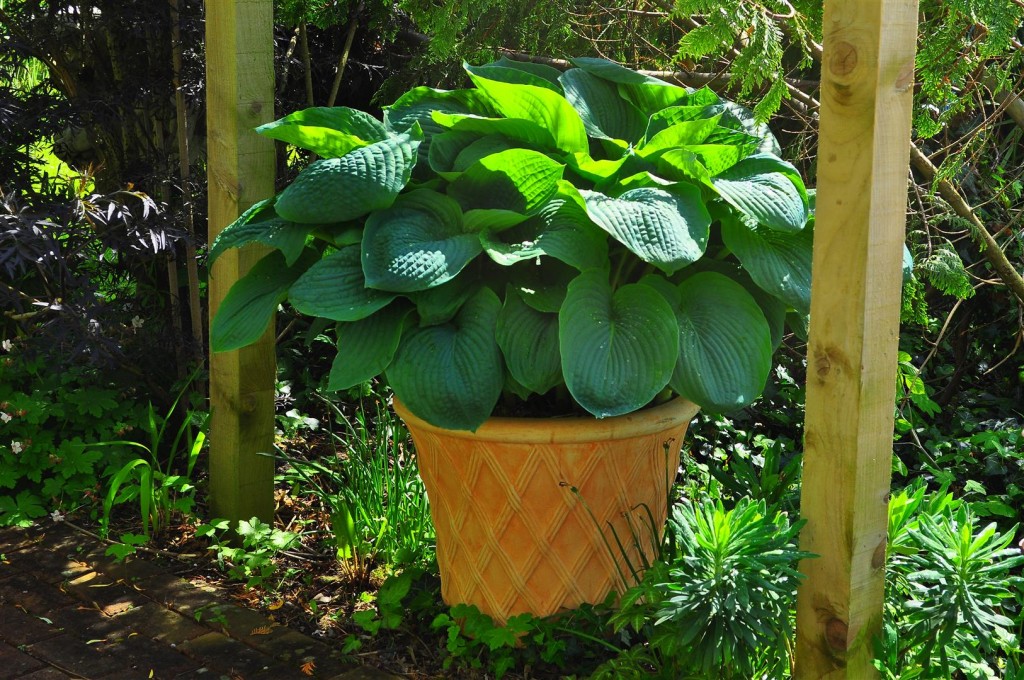

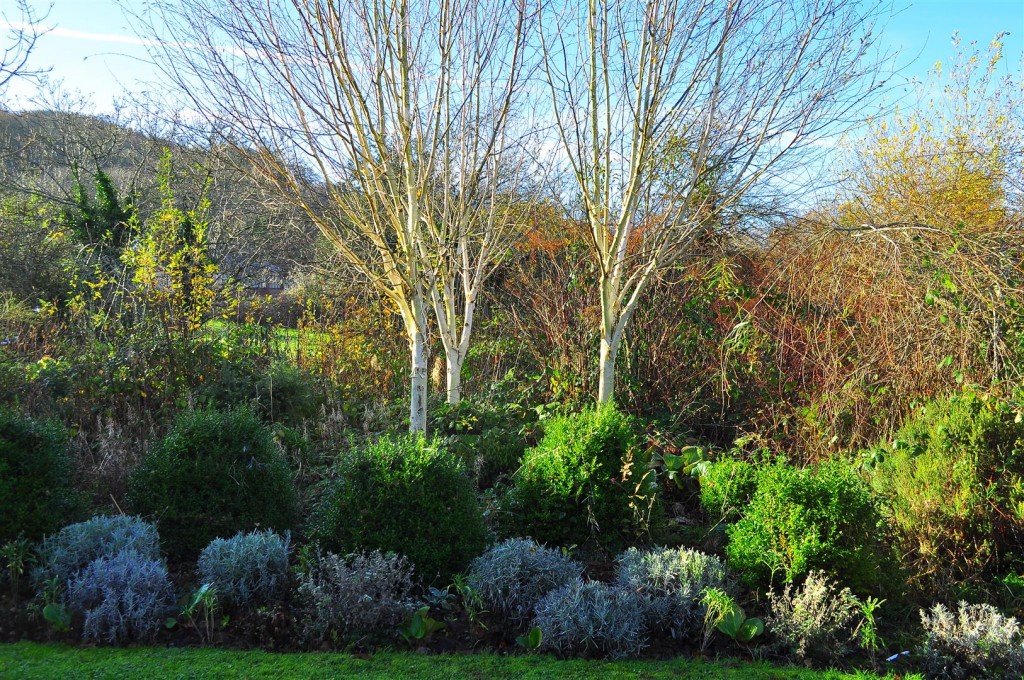
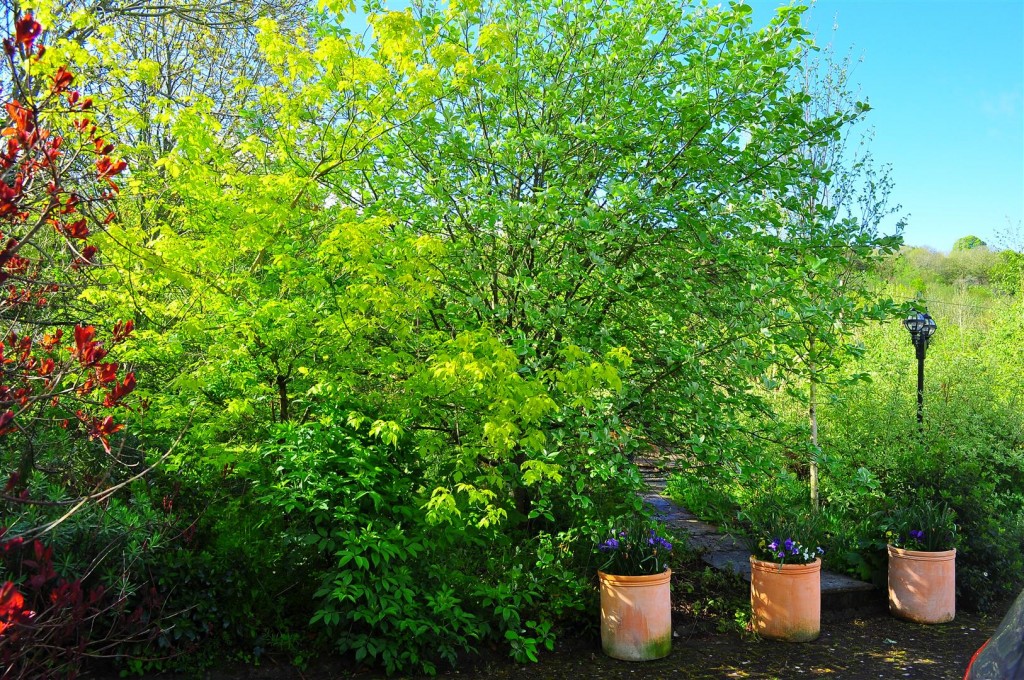
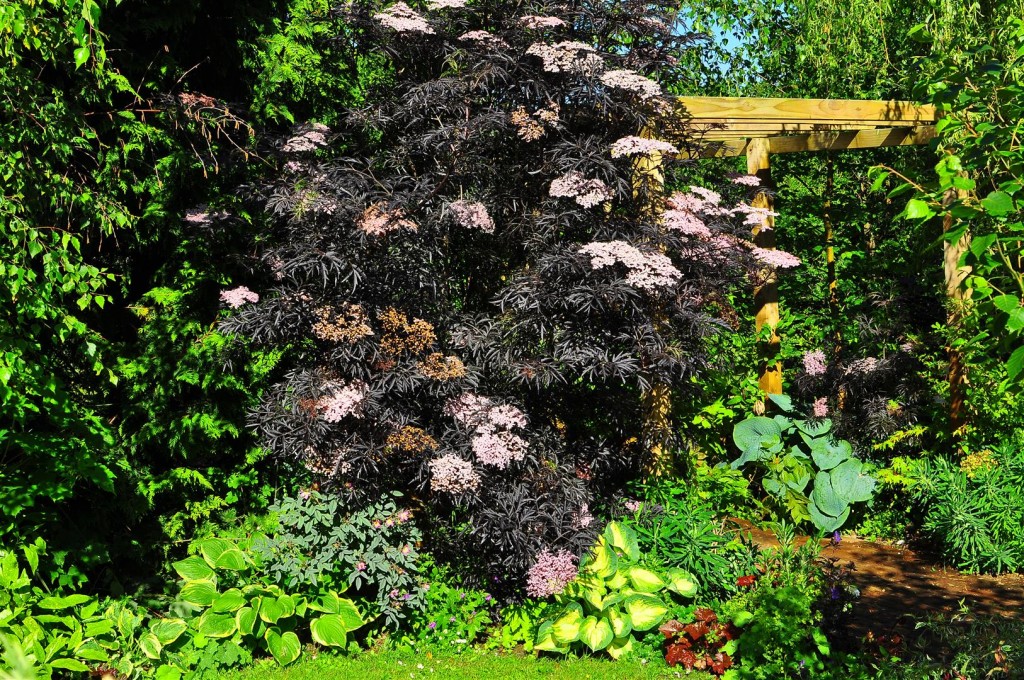
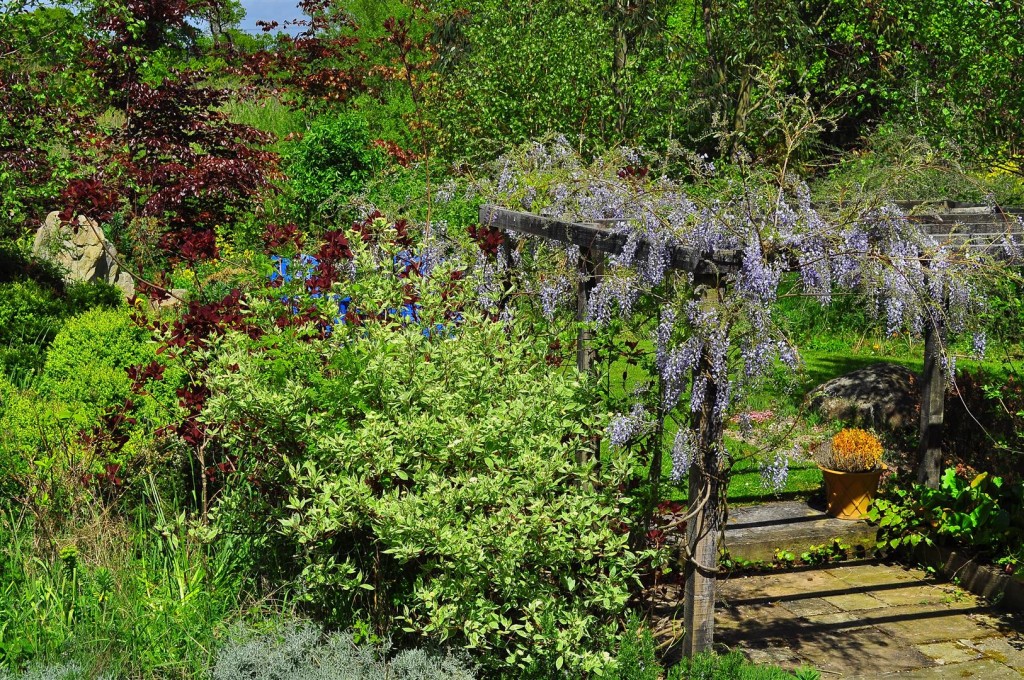
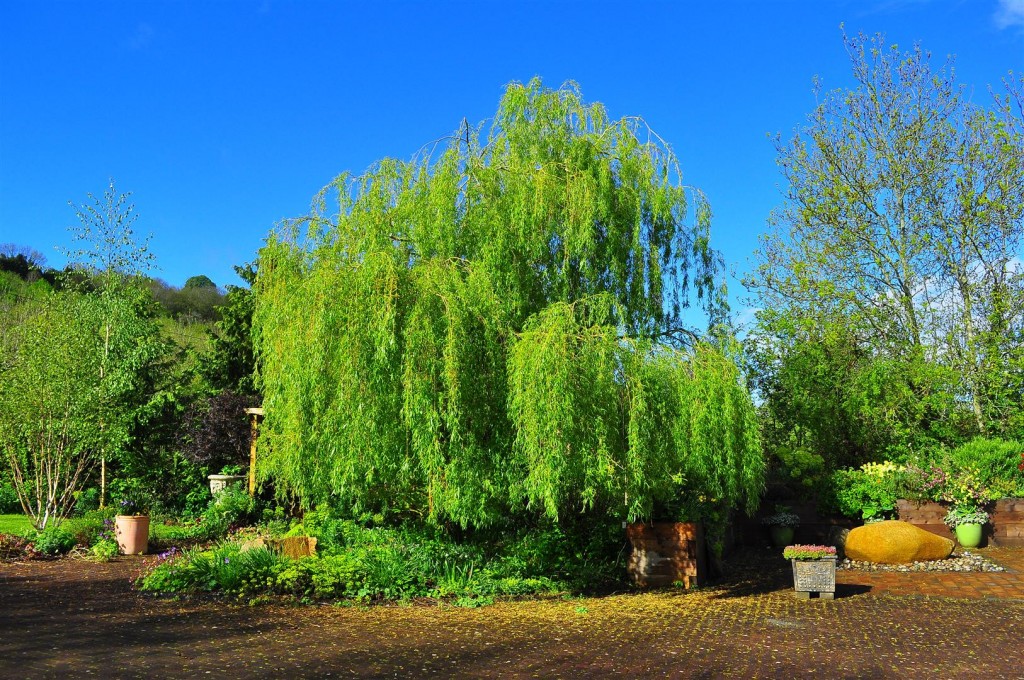
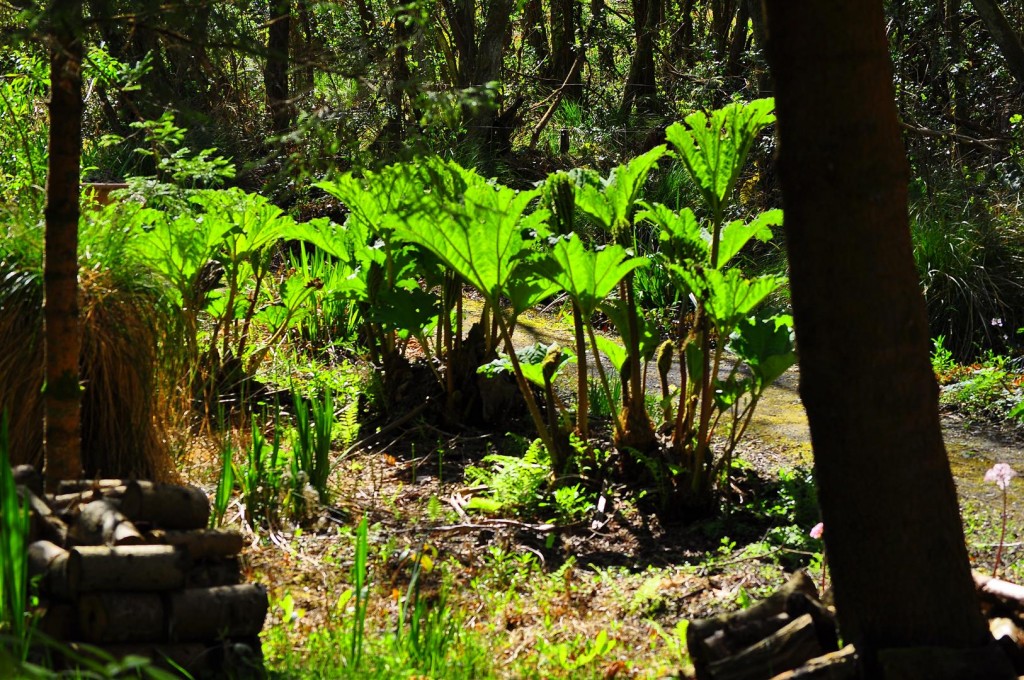
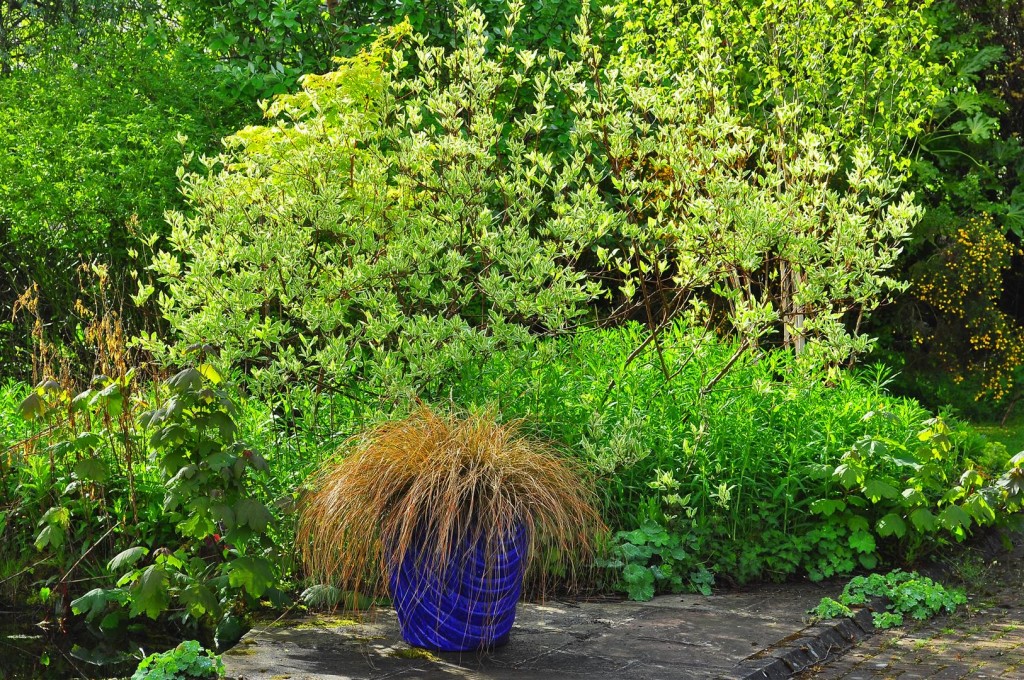

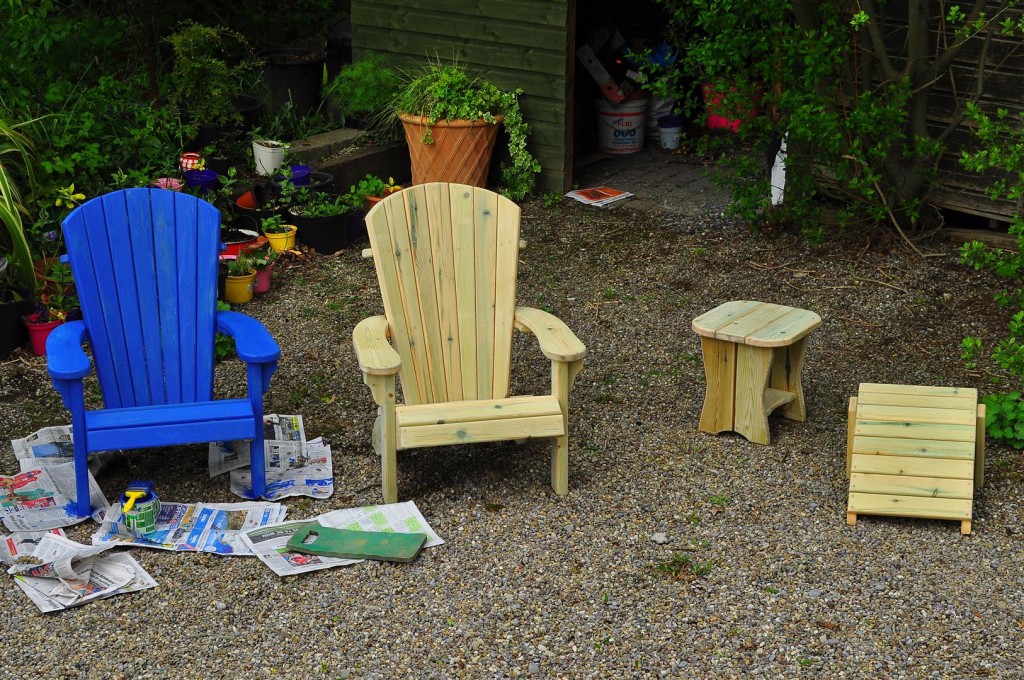

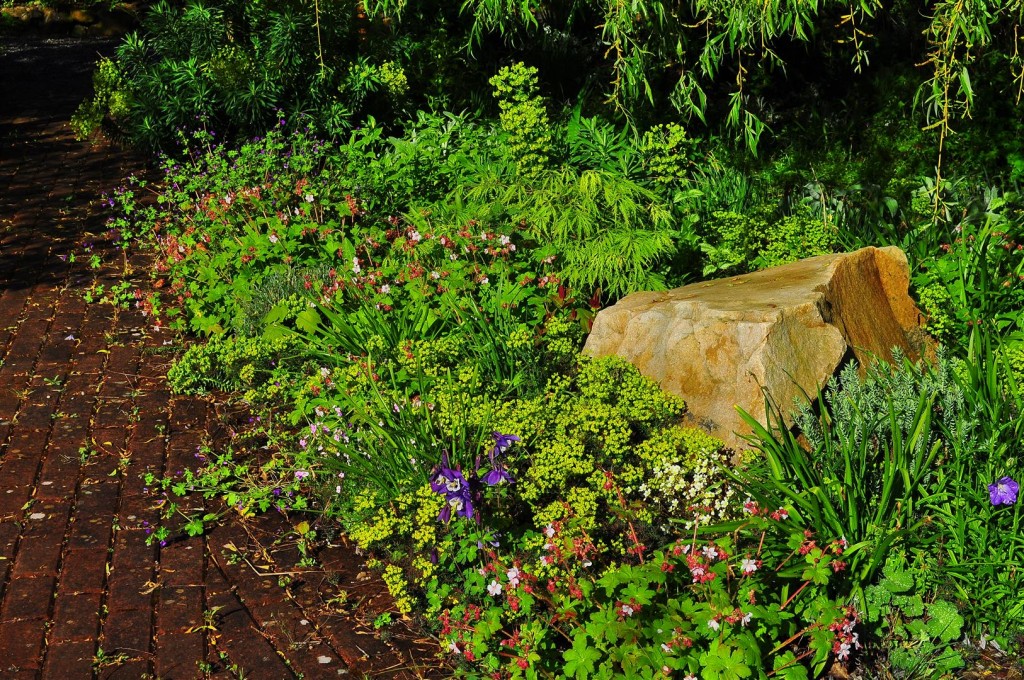
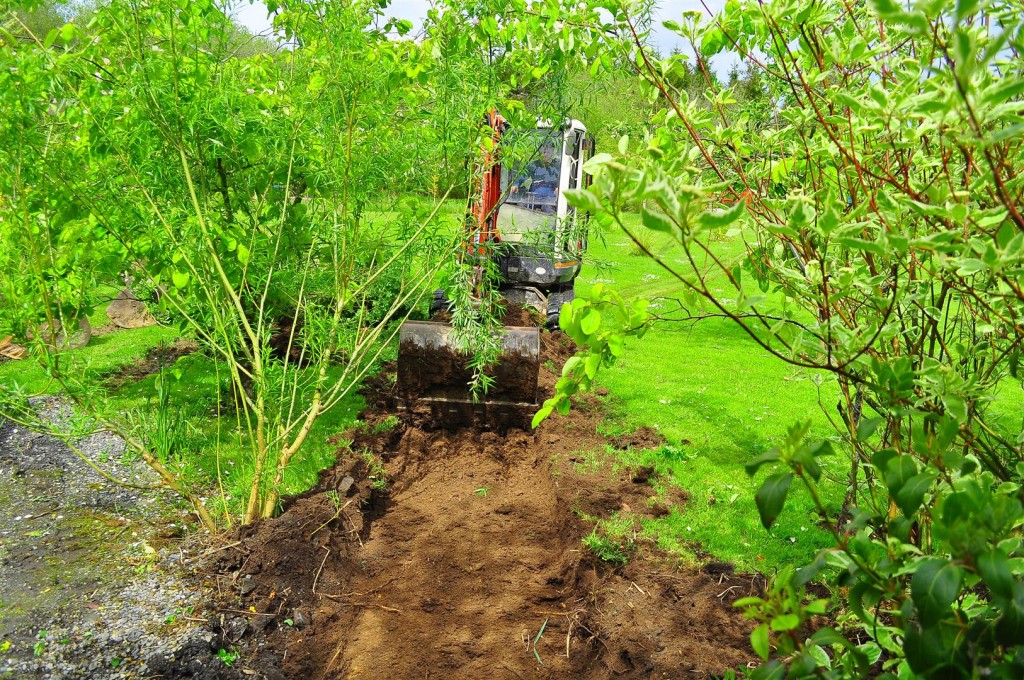


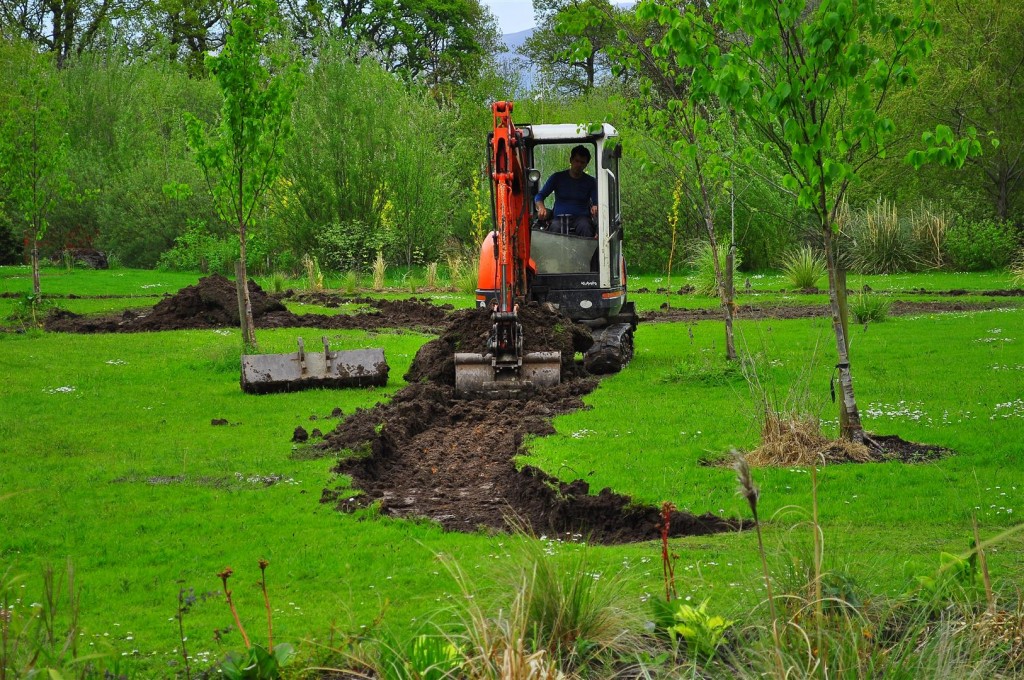
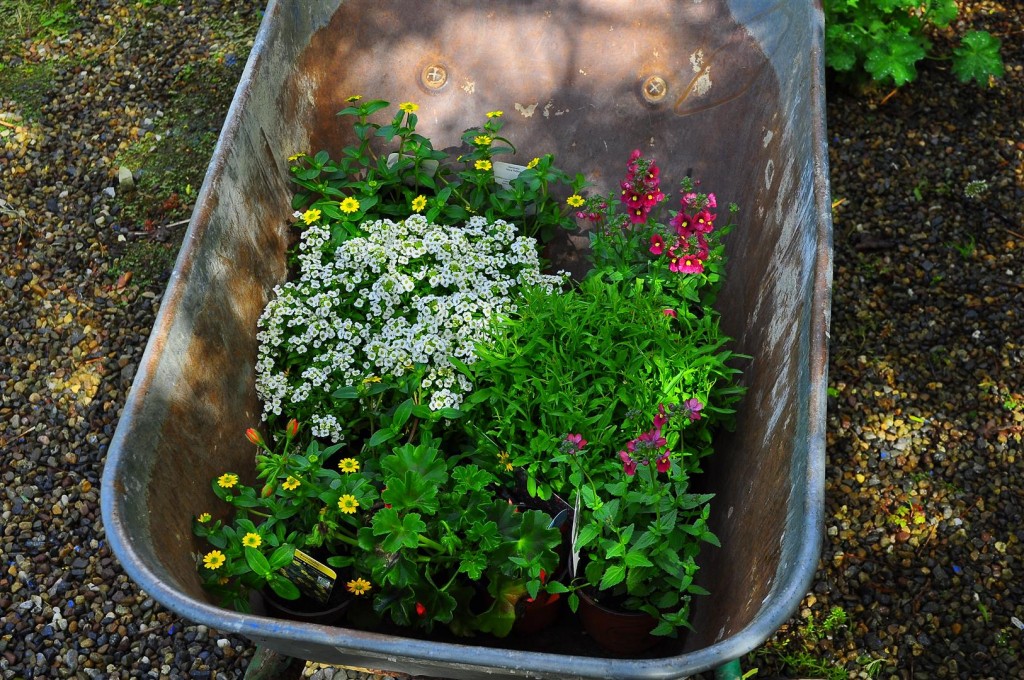
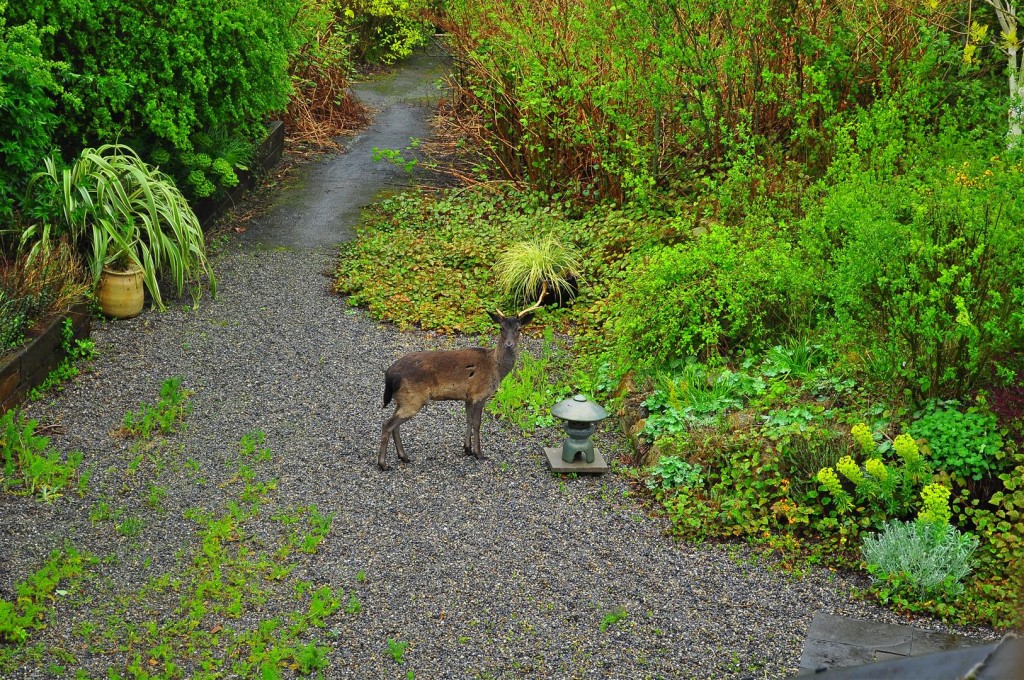
Leave a Reply